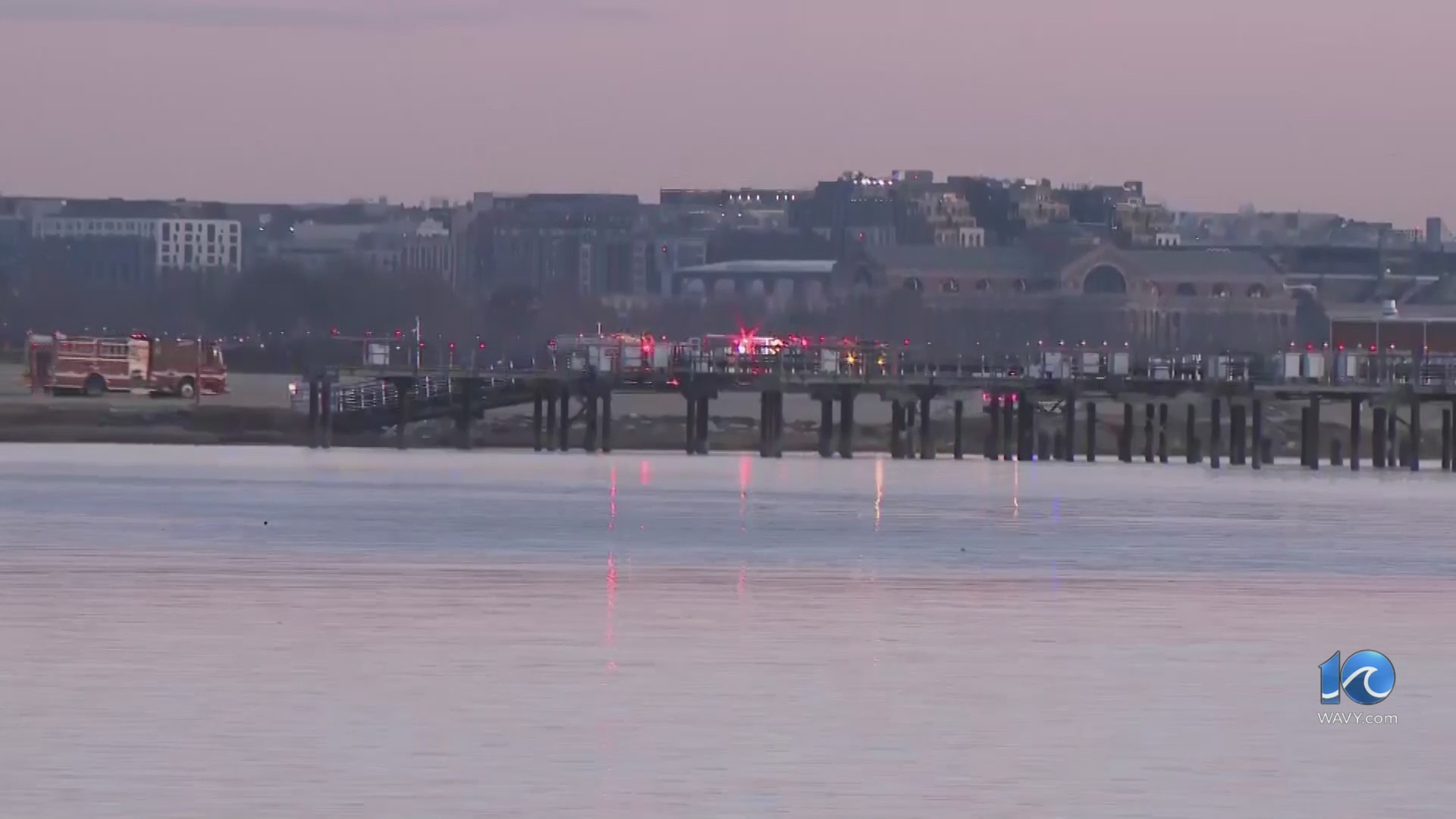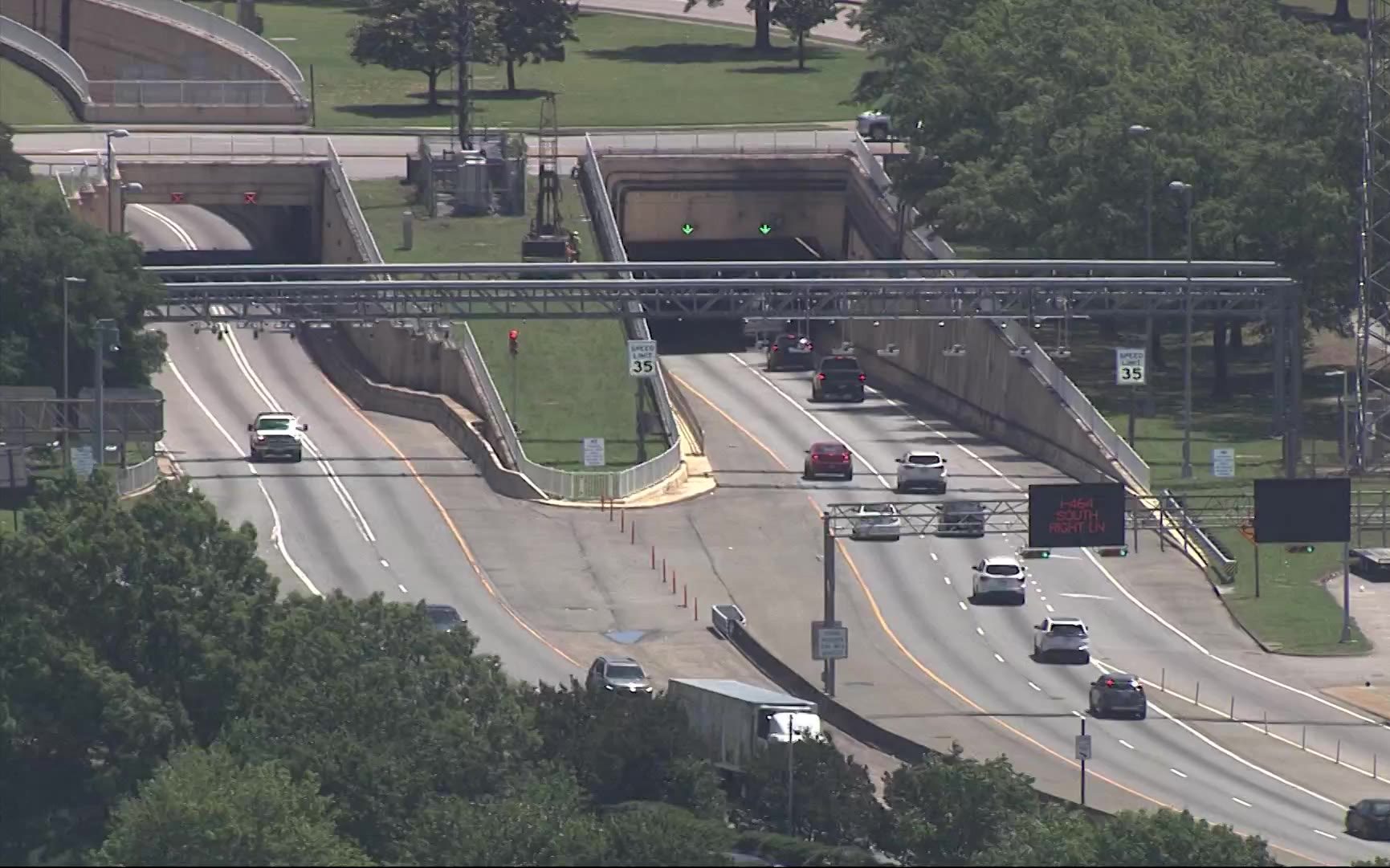PORTSMOUTH, Va. (WAVY) — When you think about all the positive assets in Hampton Roads such as the Port of Virginia, Naval Station Norfolk, the Oceanfront, tourism, quality of life, affordable housing, it is stunning that the area is so far behind in job creation.
- Being dependent for too long on federal defense spending
- Being a splintered community, fragmented based on city and county boundaries.
- An unwillingness to properly invest to diversify
- A lack of enough adequately skilled workers
- Local small firms aren’t spinning out enough more small firms
During the next two weeks we’ll look at what’s going right in Hampton Roads and what’s being done to fix things in Andy’s reports on Wednesday, May 16, and Wednesday, May 23.







